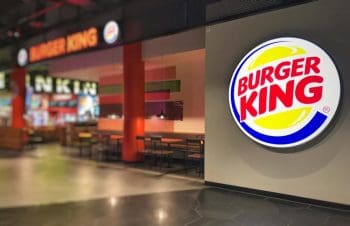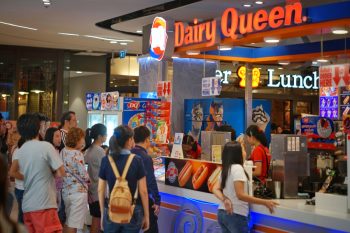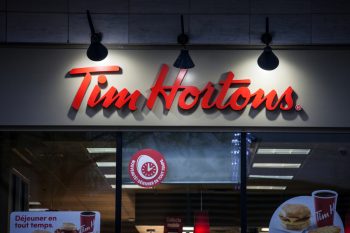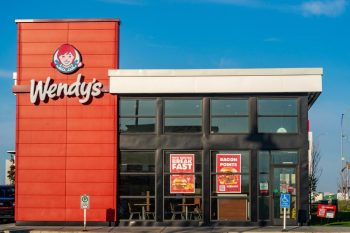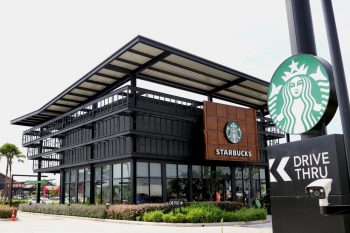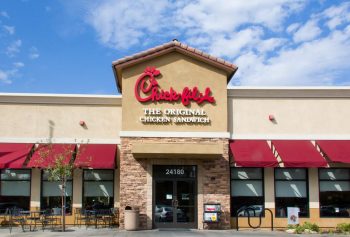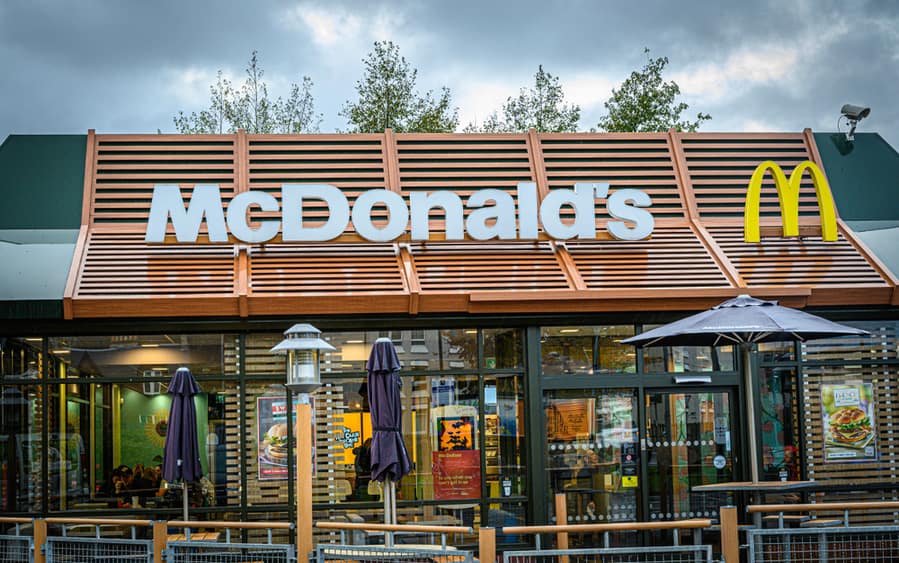
America’s most popular fast food chain needs no introduction.
Launched in 1954 as a small burger restaurant by Ray Kroc, McDonald’s operates more than 36,000 restaurants in 100 countries.
It is one of the leading food service brands worldwide thanks to its delicious recipes and outstanding customer service.
Given that McDonald’s operates successfully across so many countries with diverse cultures, there’s one question that’s always in the mind of food connoisseurs and McDonald’s food lovers.
How Does McDonald’s Adapt to Different Cultures?
McDonald’s revolutionized the fast-food restaurant business with its delicious burgers and fries.
As the restaurant chain grew worldwide, it added more delicious recipes to its menu. In addition, it adapted them to local tastes and preferences so that they would appeal to local customers.
Working and serving customers from different continents and cultures has not been easy for McDonald’s.
To ensure acceptability and success in international markets, McDonald’s laid down a few internal guidelines that all its restaurants were expected to follow.
Some of these guidelines are:
- Standardization of its menu.
- Adapting the menu to local tastes.
- Sourcing and using local ingredients.
- Strict adherence to quality guidelines.
- Innovating products based on local demographic and economic factors.
While these guidelines may seem simple to follow, they are essentially the factors that drive McDonald’s success across different regions and cultures.
Working with different cultures is difficult and requires a deep understanding of local customs and preferences.
McDonald’s has successfully cracked the code of working and adapting to different cultures through its pre-defined processes.
This article looks closely at how McDonald’s adapts to different cultures to strengthen and grow its business worldwide.
McDonald’s
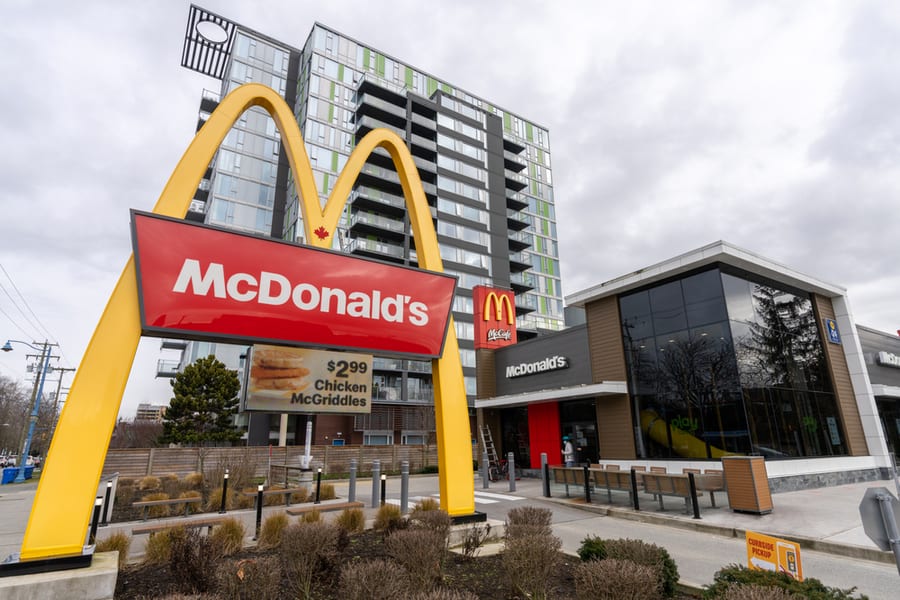
McDonald’s has a simple philosophy. It aims to consistently deliver high quality with the same delicious taste to all its customers, whether they order their food from its fast-food restaurants in Alaska or Alabama.
It ensures that all its franchises and restaurants worldwide follow the same values regarding serving its customers, i.e., Quality, Service, Cleanliness, and Value.
These four principles are the foundation for its success worldwide, irrespective of the country, city, or culture.
To ensure compliance with its four principles McDonald’s also launched its own Hamburger University, where all future employees and franchises are trained in its operations and how to make the perfect burger.
Adapting to Different Cultures
Apart from these four principles, McDonald’s also considers other key factors to adapt to different cultures easily.
These key factors are:
- Innovation
- Localization
- Local Demographics
- Standardization
- Economic Conditions
All these factors help McDonald’s prepare its local marketing strategy and ensure the success of all its restaurants in the country/city where they are launched.
Even though McDonald’s has fast food restaurants across the globe, it has ensured that the menu offerings in all the restaurants are standardized and based on local customs, culture, and preferences.
Toward this objective, it conducts detailed studies before launching a restaurant in any country or city. It also studies the availability of local ingredients, the supply chain network, and cultural restrictions, if any, on specific ingredients/recipes.
Depending on the data collected during its research, it adapts its menu and the ingredients used to prepare its recipes.
Adaptation Examples
Some of the prime examples of McDonald’s adapting its menu to local cultures can be seen in the following countries:
1. India
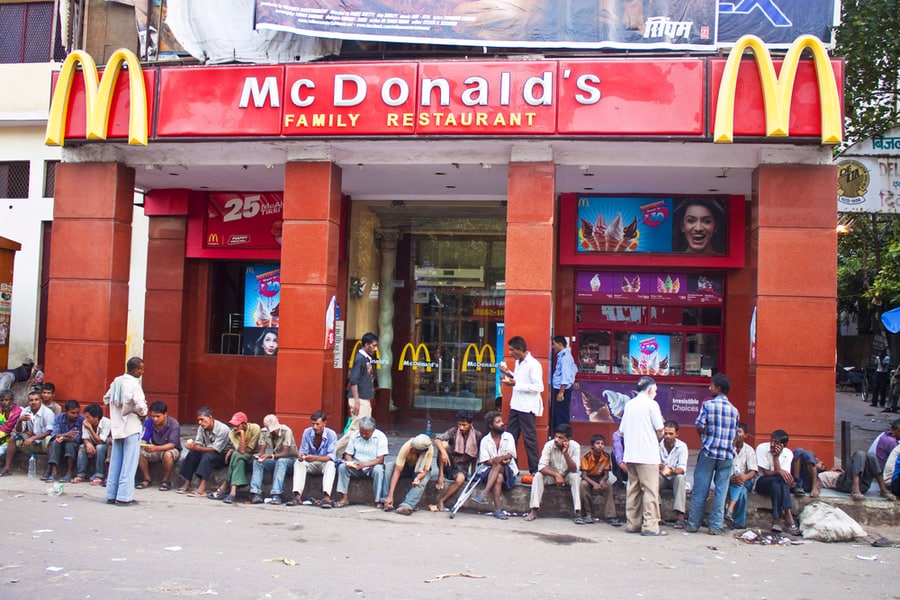
While India is predominantly vegetarian, it also has many non-vegetarians who prefer chicken over beef. In addition, some communities consider the consumption of beef a sin.
To address this cultural difference, McDonald’s does not serve any beef products in any of its restaurants in India. The Big Mac, one of its largest-selling beef-based burgers, has been replaced by a chicken-based version called The Maharaja Mac.
McDonald’s also offers many vegetarian recipes, i.e., McAloo Tikki, Masala Grilled Veggie Burger, and others, to cater to the diverse needs of Indian vegetarian customers.
It also initiated a 100% vegetarian restaurant for those customers who did not like visiting a restaurant that also offers a non-veg menu.
2. Germany
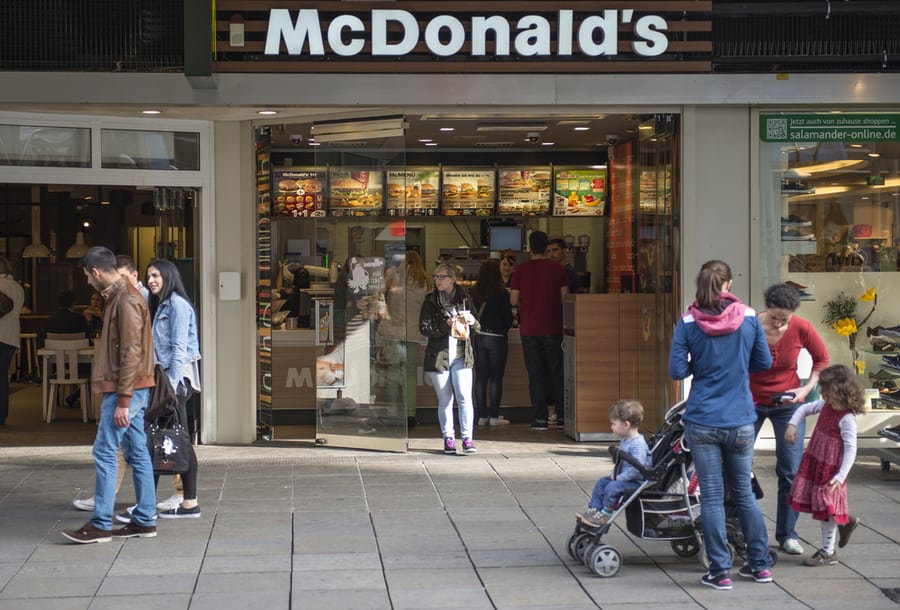
Germany is a nation that loves its frankfurters and beers.
To address this cultural need, some McDonald’s restaurants also serve beer, burger recipes with more meat in the form of sausages, etc.
3. Japan
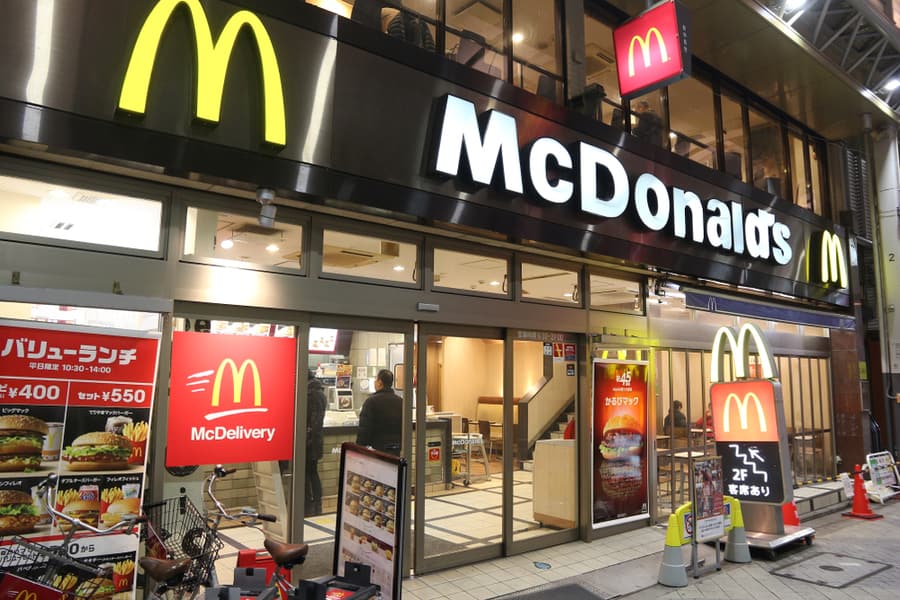
Regarding food habits and a very diverse culture, Japan is up there with all other countries. Japanese food is unique and more personalized based on individual preferences.
To cater to the diverse food preferences of Japanese diners, McDonald’s Japan offers some extremely unique recipes such as Green tea Ice cream, Rice Burger, Seaweed based burgers, and a Teriyaki burger.
These are just a few examples of how McDonald’s adapts its menu and offerings based on local cultures.
Conclusion
Adapting to local work cultures is the key to any organization’s success. It requires a deep understanding of local preferences and working with suppliers to ensure that one complies with all local food regulations and norms.
McDonald’s has successfully adapted its restaurants to local cultures and prepared recipes based on local preferences to ensure the success of its restaurants across the globe.
It is helping it adhere to the quality and service guidelines laid down by its founders.
Frequently Asked Questions
Does McDonald’s Serve Only Non-Vegetarian Food in Its Restaurants?
No. Based on local preferences, McDonald’s also serves vegetarian food.
Can I Enjoy a Mac Burger Everywhere in the World?
While the Mac Burger is available in all the fast food restaurants across the United States, it may not be available in some countries where the sale of beef products is prohibited.




